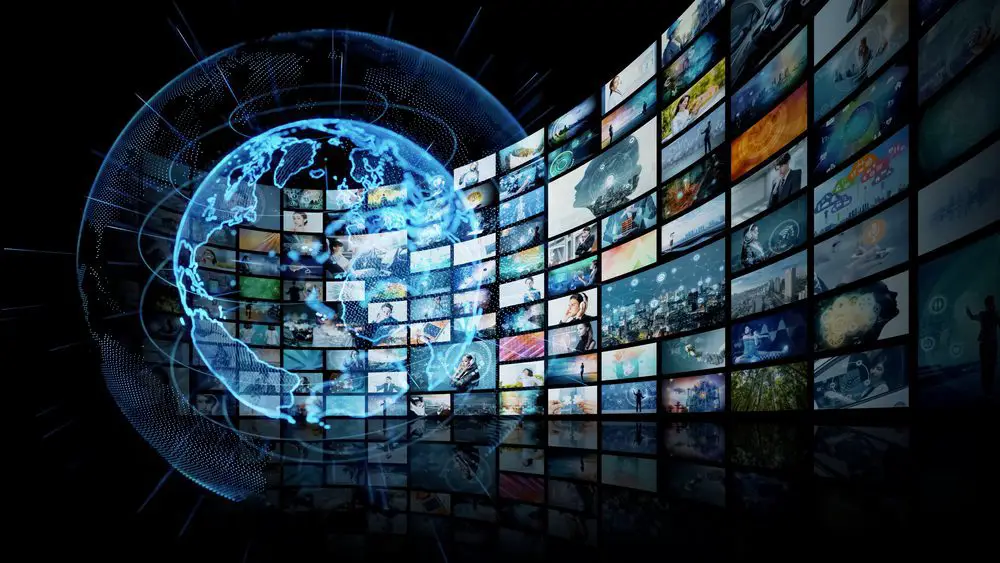The paradigm of television viewing has undergone a seismic shift. For the first time ever, streaming platforms dominate the arena, leaving traditional broadcast and cable viewing in the rearview mirror. The Hollywood Reporter recently shed light on this monumental transition, revealing that traditional TV methods no longer represent the majority of overall television consumption. Instead of adhering to fixed schedules, audiences are now relishing the luxury of watching their preferred content at their own pace, courtesy of the flexibility offered by streaming platforms.
Streaming’s Steady Ascent

In the U.S. alone, the month of July recorded that streaming services accounted for an impressive 38% of total television viewership. Flashback to 2021, during the same period, streaming merely captured 26% of the viewing pie. This dramatic surge highlights the rapidly growing preference for internet-based content consumption. Giants like Netflix, Max, and Disney+ have become household names, not only extending their content repertoire with classic titles but also constantly churning out original content. However, these behemoths are presently navigating troubled waters, facing backlash and potential strikes due to their reluctance in addressing residuals pertaining to streaming viewership.
The Decline of Traditional TV
Contrastingly, linear TV seems to be waning. July’s statistics showed a combined viewership of 49.6% for cable and broadcast TV – 29.6% and 20% respectively. Furthermore, the balance of 11.6% was shared by physical media and TV-screen video games. The inference is clear – traditional television mediums are gradually being phased out as viewers embrace the autonomy that online platforms offer. Yet, it remains to be seen if this trend will persist or if the cable sector will witness a revival, given the constant evolution of the streaming sector in terms of pricing and content.
Gazing into Television’s Future

The future of television might predominantly be digital, but the impending changes in the industry suggest that the road ahead might be bumpy. Notably, organizations like the Writers Guild of America and SAG-AFTRA are currently on strike. This calls for studios to devise a just system ensuring that professionals involved in creating streaming content receive the remuneration they truly deserve. The outcome of this standoff is anticipated to redefine the industry’s landscape. Both industry professionals and viewers alike await with bated breath to discern how this will impact the spectrum of options available to consumers.
Conclusion
Television consumption is no longer bound by the chains of time and traditional broadcasting. As streaming platforms surge ahead, capturing the majority of viewership, the traditional mediums are left grappling with dwindling numbers. However, the television industry stands at a crucial juncture. With strikes and negotiations underway, it’s evident that while the mode of content consumption has evolved, the underlying quest for fairness and recognition remains a constant. As the future unfolds, it will be intriguing to witness how the industry adapts and what new horizons will be charted in the realm of entertainment.


